Montessori nurseries are built around the “prepared environment,” a space in which every item is child-sized, orderly, and purpose-driven to invite independent exploration and calm concentration. The following twenty ideas translate that philosophy into distinct, fully styled themes you can mix-and-match to craft a serene, growth-minded room for your baby or toddler.
1. Montessori Nursery Floor Bed Haven
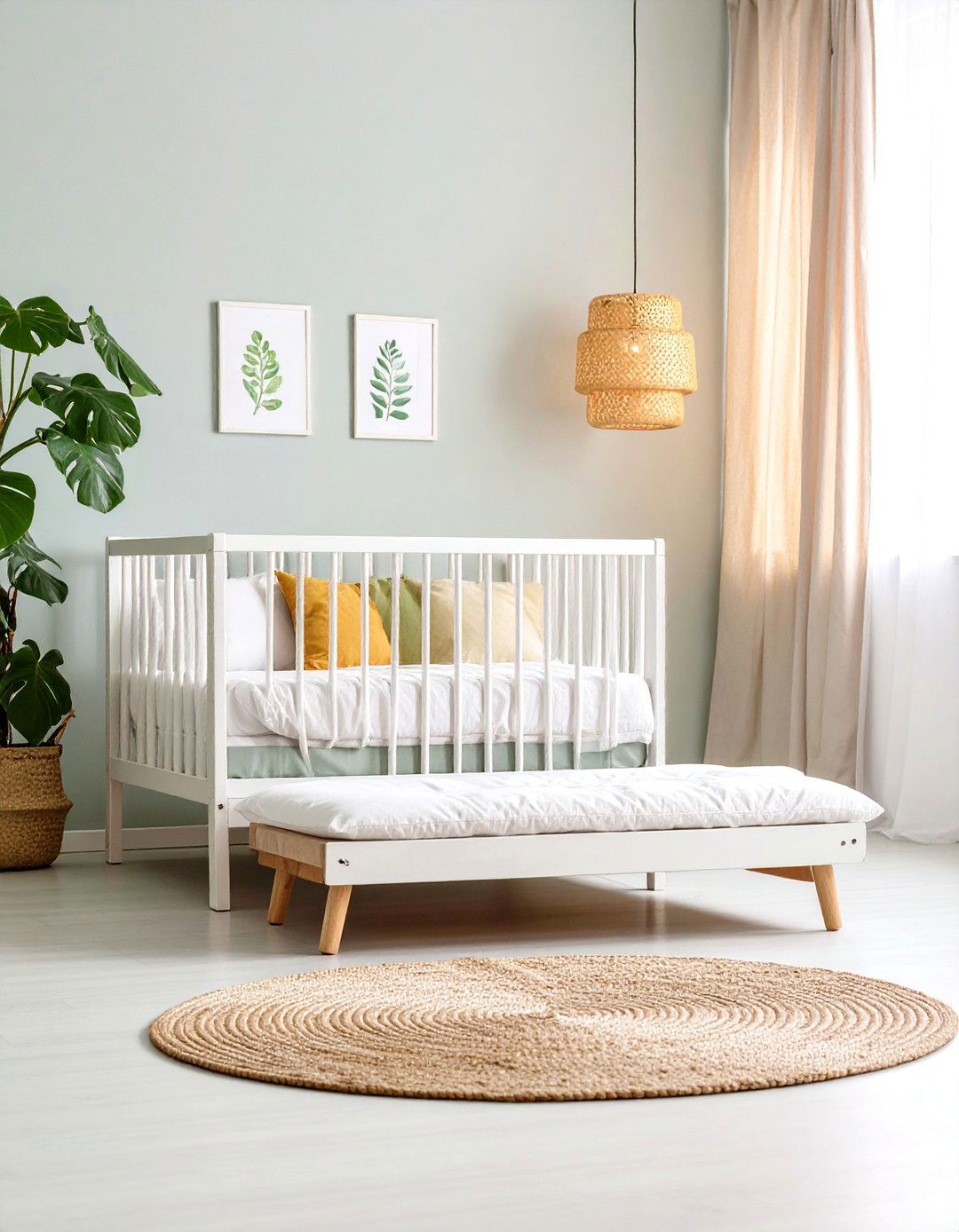
A floor bed—simply a low mattress on a breathable slat base—lets even crawling infants choose rest or play without climbing hazards. Surround the mattress with a soft natural-fiber rug and a shallow basket of board books so waking becomes an invitation to explore rather than cry for rescue. Keep artwork low and calming; botanical prints hung at eye level extend the invitation outward. Anchor the zone with a half-height shelf for pajamas and a dimmable sconce set to warm 2700 K overnight, reinforcing day-night rhythms while preserving autonomy.
2. Montessori Nursery Low-Shelf Learning Zone
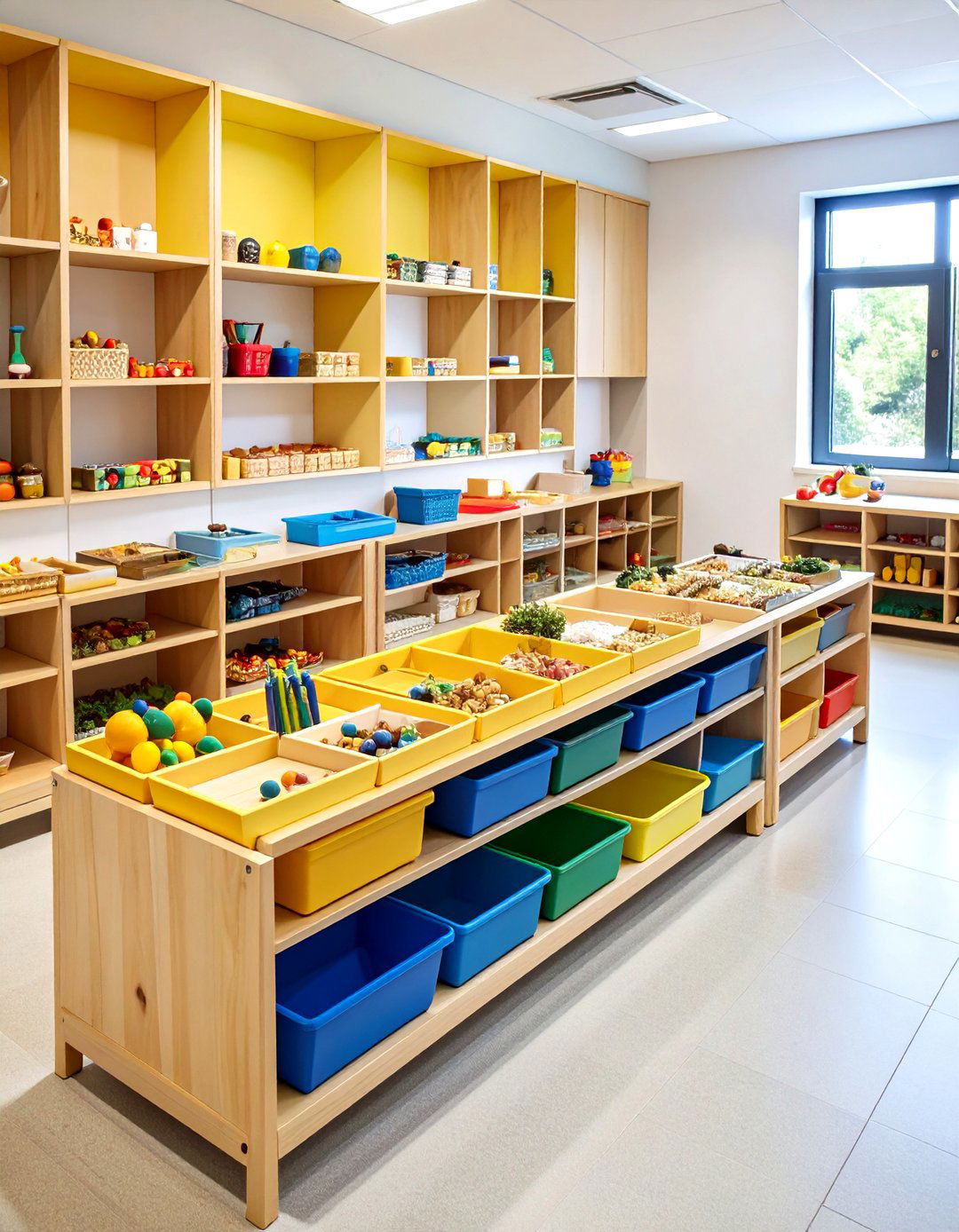
Open, waist-high shelving displays six to eight curated materials, each on its own tray to respect order. Choose sturdy birch or plywood units secured to the wall; the stability allows babies to pull up safely while viewing everything at once. Rotate activities weekly to maintain novelty—think object permanence boxes, infant rings, or knobbed cylinders. Leave a clear landing pad in front so the child can independently select a work, carry it to a nearby mat, then return it, mastering the cycle of work and self-correction that lies at the heart of Montessori practice.
3. Montessori Nursery Front-Facing Bookshelf Reading Nook
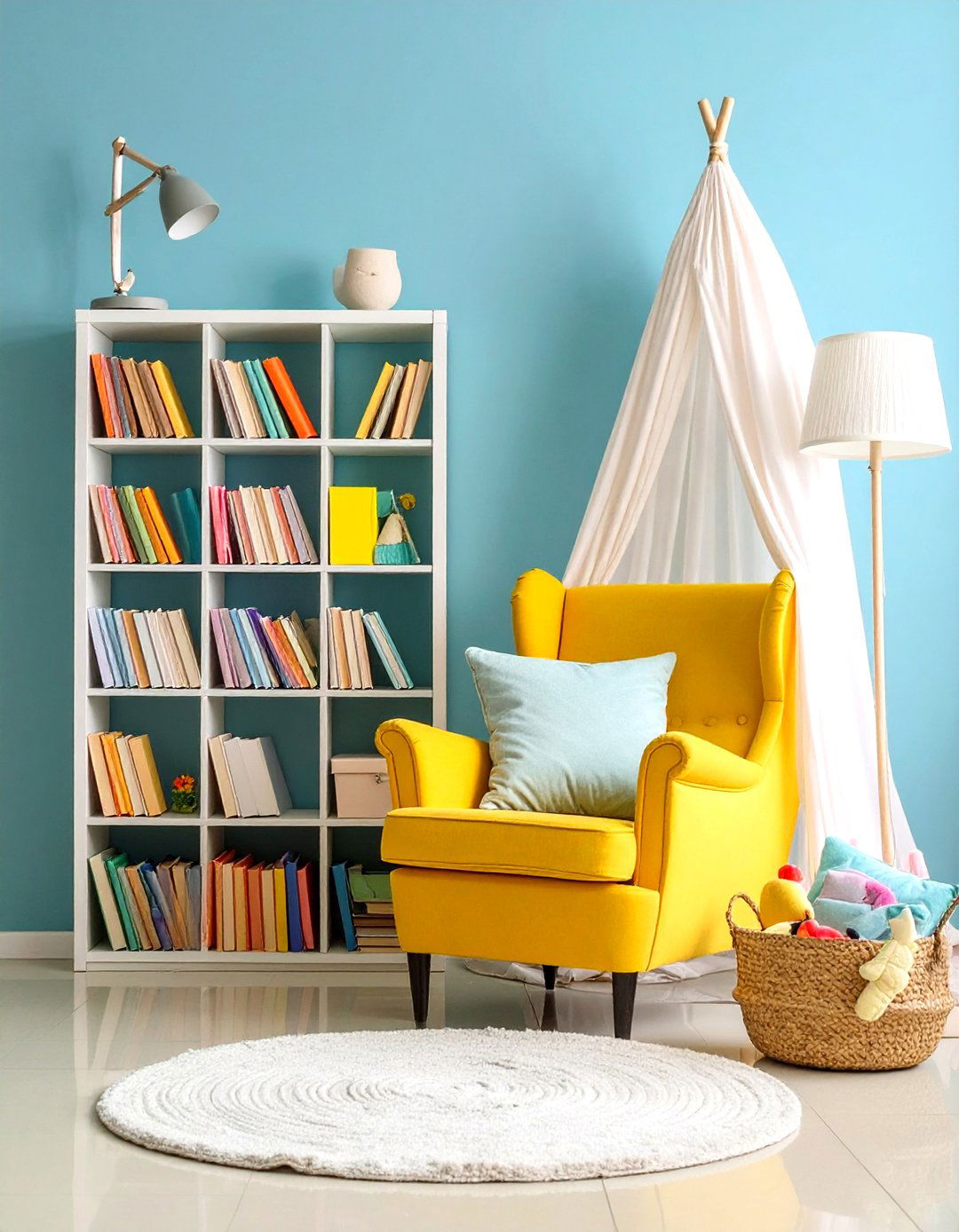
Face-out racks showcase covers, enticing pre-readers to choose books visually. Position the shelf beside a child-sized armchair or floor cushion under a gauzy canopy to carve out a snug literary retreat. A basket of finger puppets encourages retelling stories, and a clip-on warm reading lamp supports evening wind-down. Remember to change titles monthly; fewer than twenty books keeps focus high yet variety fresh, aligning with the minimalist rotation principle.
4. Montessori Nursery Mirror & Pull-Up-Bar Movement Area
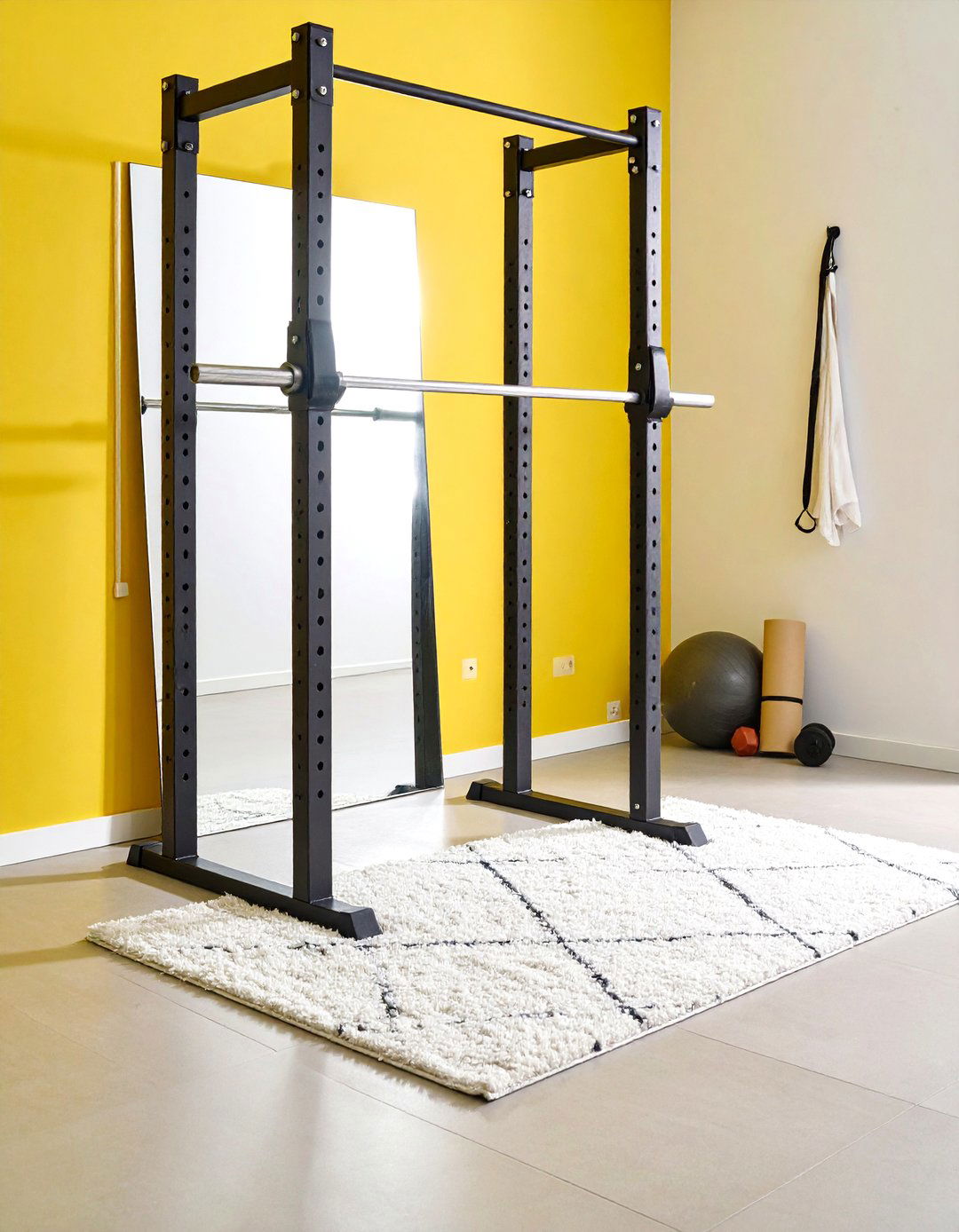
Mount a shatter-proof acrylic mirror horizontally at floor level with a solid dowel bar 40 cm above. Infants practice rolling, then grasp the bar to stand and cruise, strengthening core and leg muscles safely. The mirror doubles perceptual feedback, fostering body awareness. Lay a thin wool rug or non-slip mat beneath for traction; keep the zone uncluttered so babies can concentrate on gross-motor work—Dr. Montessori called movement “the secret of life.”
5. Montessori Nursery Practical-Life Kitchenette Corner
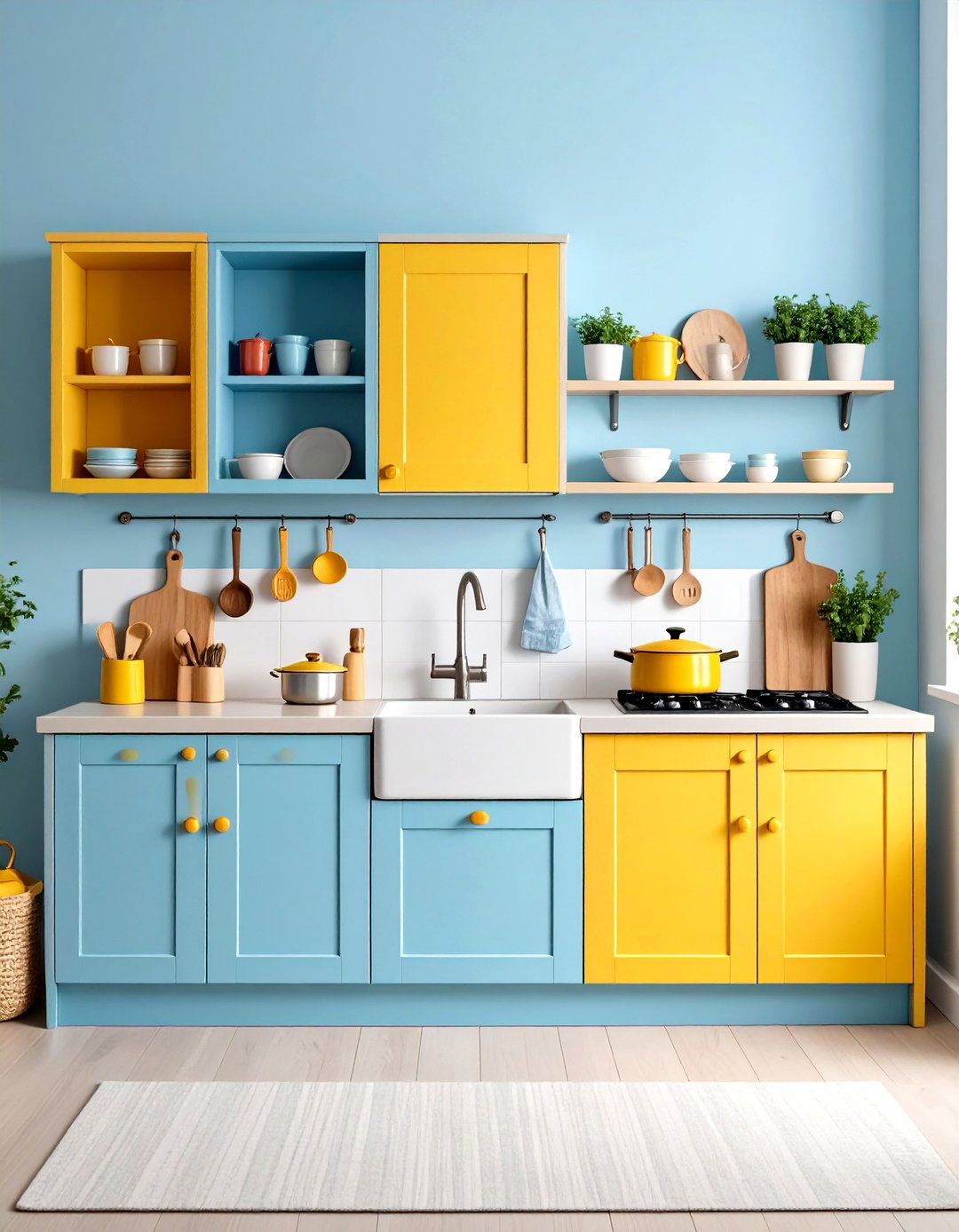
Convert an Ikea kitchenette or low console into a functional sink, mini fridge, and open shelving for a cup, plate, and child-sized utensils. Add a learning tower so toddlers climb safely to adult counter height for chopping bananas or scrubbing carrots. Nearby hooks hold a hand towel and apron—essential cues that this is real work, not play acting. Regular food prep builds coordination and a tangible sense of contribution to family life.
6. Montessori Nursery Open Wardrobe Dressing Station
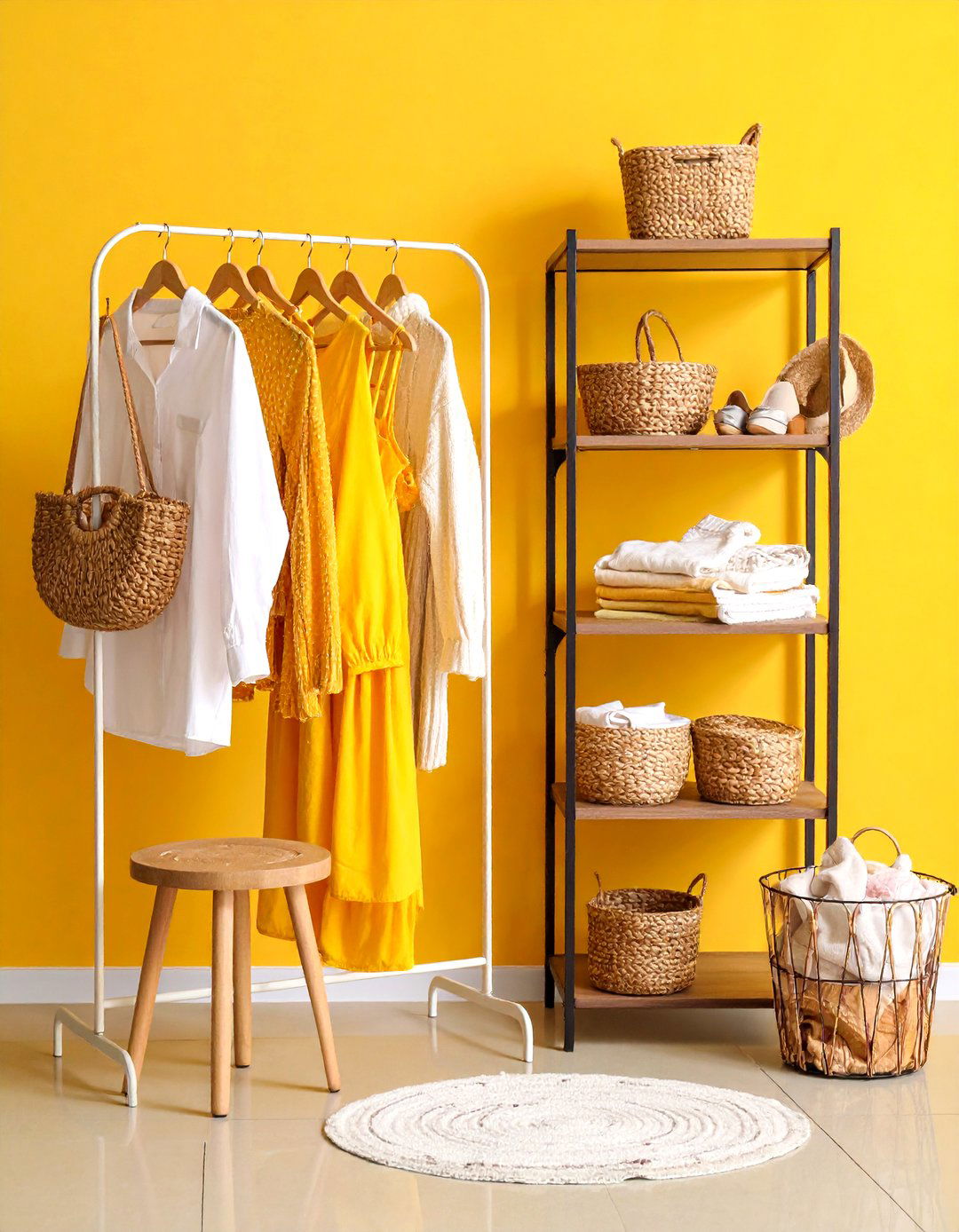
A low hanging bar and two shelves give toddlers limited outfit choices while keeping everything within reach. Include a mirror and small stool for self-inspection plus labeled baskets for socks and underwear. Present two weather-appropriate ensembles each morning; the contained options prevent overwhelm yet honour independence. Add a laundry hamper to complete the dressing cycle.
7. Montessori Nursery Nature Corner & Observation Table

Set a child-height table beside a sunny window with seasonal treasures—pinecones, shells, pressed leaves—arranged on trays. Provide a magnifier, field guide, and blank notebook for sketches, nurturing scientific inquiry. Rotate items after nature walks so the display reflects the child’s lived experience. A small vase of fresh flowers invites daily wilting patrol and gentle replacement, instilling respect for living things.
8. Montessori Nursery Neutral-Palette Calm Retreat

Muting the colour scheme reduces visual stimuli and highlights materials on the shelves. Soft earth tones—sands, sages, oat—mirror the Montessori preference for beauty without distraction. Layer natural textures (cotton gauze curtains, wool rugs) and reserve pops of colour for manipulatives so they stand out as purposeful invitations to work.
9. Montessori Nursery Warm-Dimmable Lighting Scheme
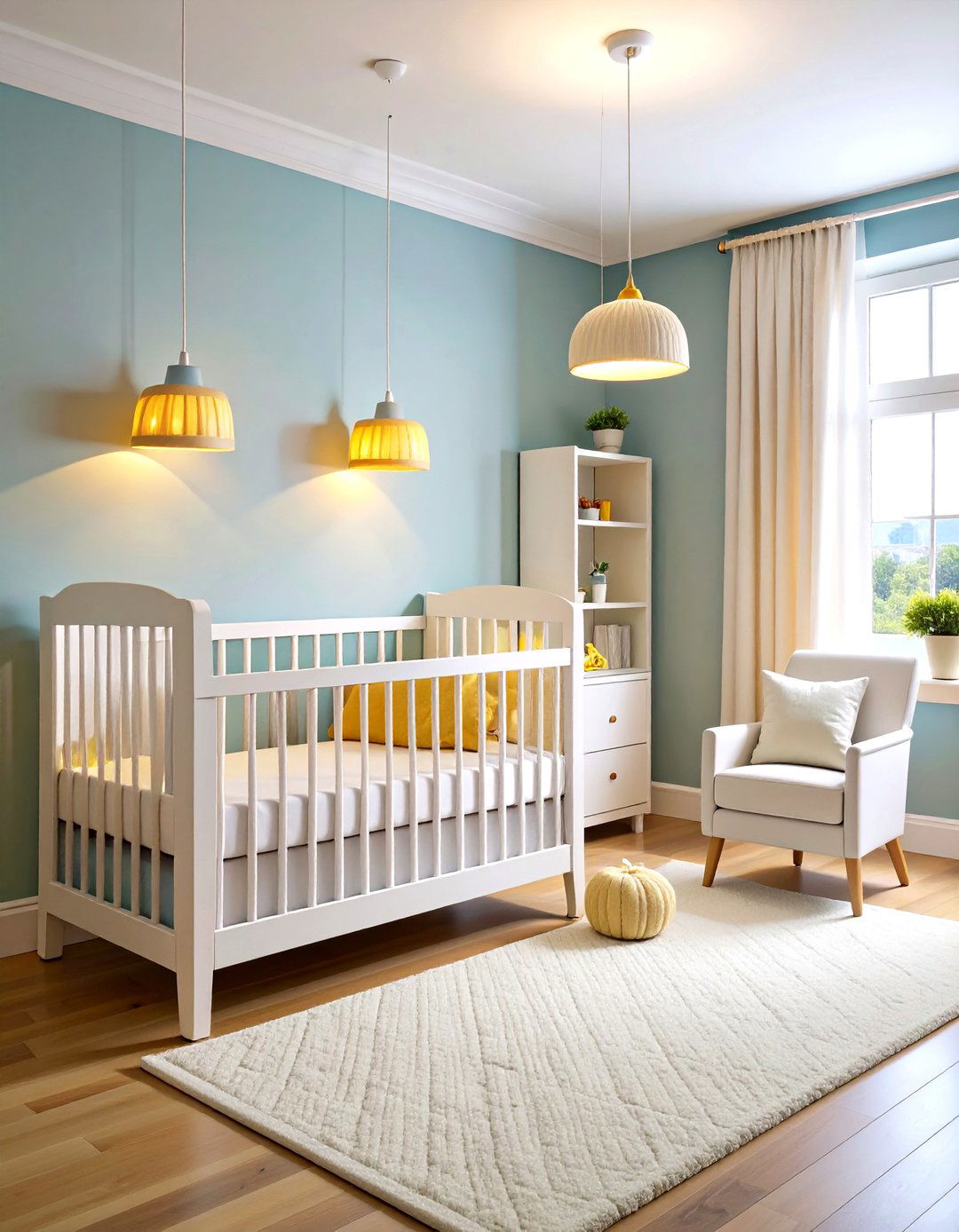
Replace harsh overhead bulbs with layered fixtures on dimmers: concealed LED cove strips for ambient glow and clip-on nursing lights for tasks. Keep colour temperature between 2700–3000 K; research shows warm light calms infants and protects circadian rhythms. A cordless night-light at floor level empowers toddlers to navigate the room safely if they wake.
10. Montessori Nursery Sensory Exploration Shelf

Offer a rotating treasure basket filled with safe household objects—wooden spoons, silk scarves, stainless cups—sorted by texture or theme. Placed on the lowest shelf, the basket encourages sitting babies to reach in, examine, and compare, fuelling early fine-motor and language growth. Change contents fortnightly and name each item when the child’s gaze meets yours, weaving vocabulary seamlessly into sensory play.
11. Montessori Nursery Child-Height Art Display Wall

Hang framed prints, family photos, or the child’s own work at eye level (approx. 45 cm from the floor) so art is meant to be studied, not glanced over. Use lightweight frames with Velcro tabs for easy rotation and safety. Curating no more than three pieces at a time fosters deep aesthetic appreciation and invites purposeful discussion.
12. Montessori Nursery Low Work Table & Chairs Ensemble
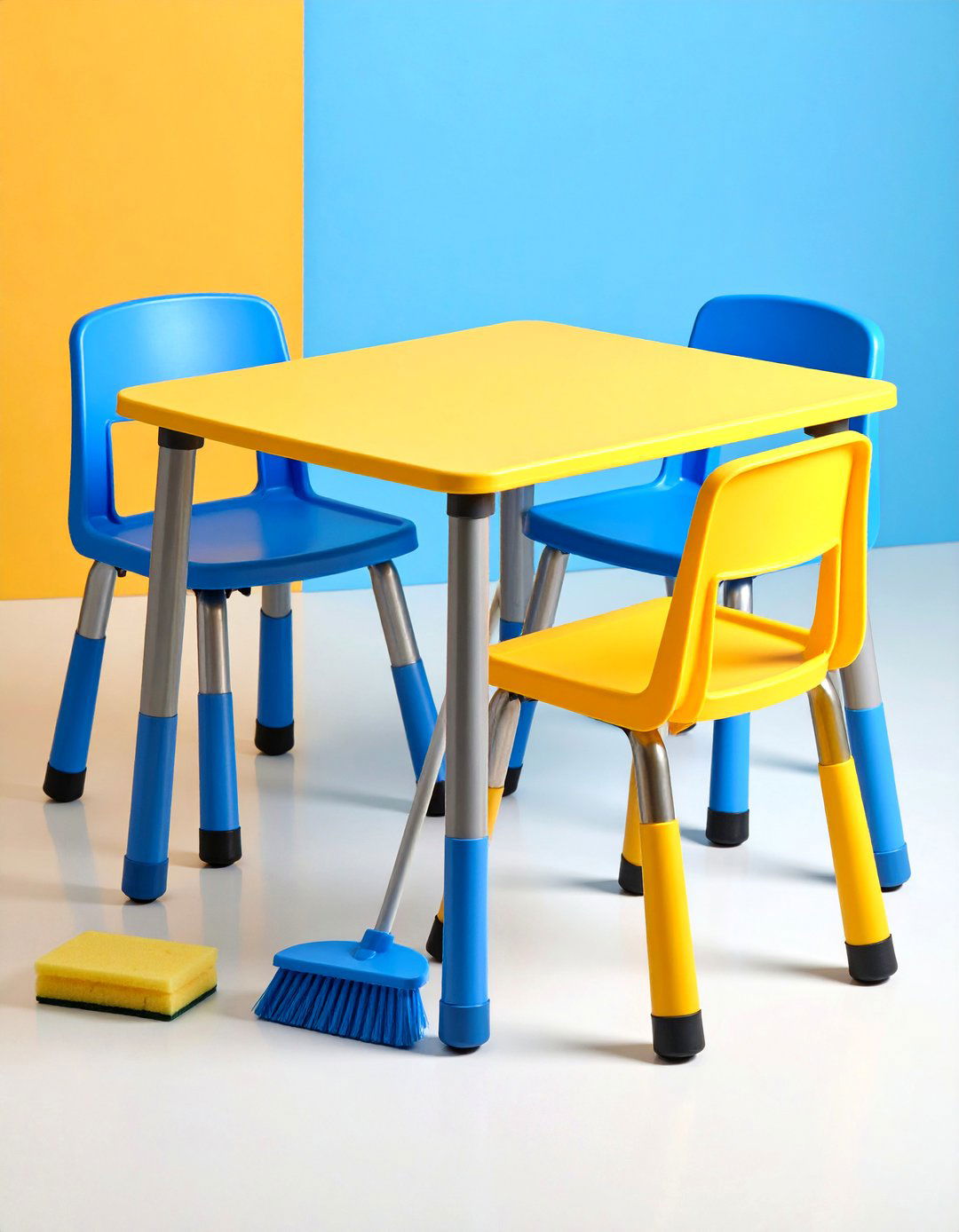
A weaning-table set—typically 30 cm tall—lets babies seat themselves for meals, puzzles, or art without adult lifting. Feet flat and elbows level with the surface promote proper posture and prolonged concentration. Keep a sponge and small broom nearby so children clean spills independently, closing the practical-life loop.
13. Montessori Nursery Loose-Parts Play Basket Area

Fill shallow trays with large wooden rings, fabric squares, and smooth river stones to spark open-ended exploration. The undefined pieces morph from pretend cookies to tower blocks, building creativity and problem-solving. Store each collection on its own shelf cubby for clear choice-making and effortless return, maintaining the room’s orderly aesthetic.
14. Montessori Nursery Quiet Cozy Tent Hideaway
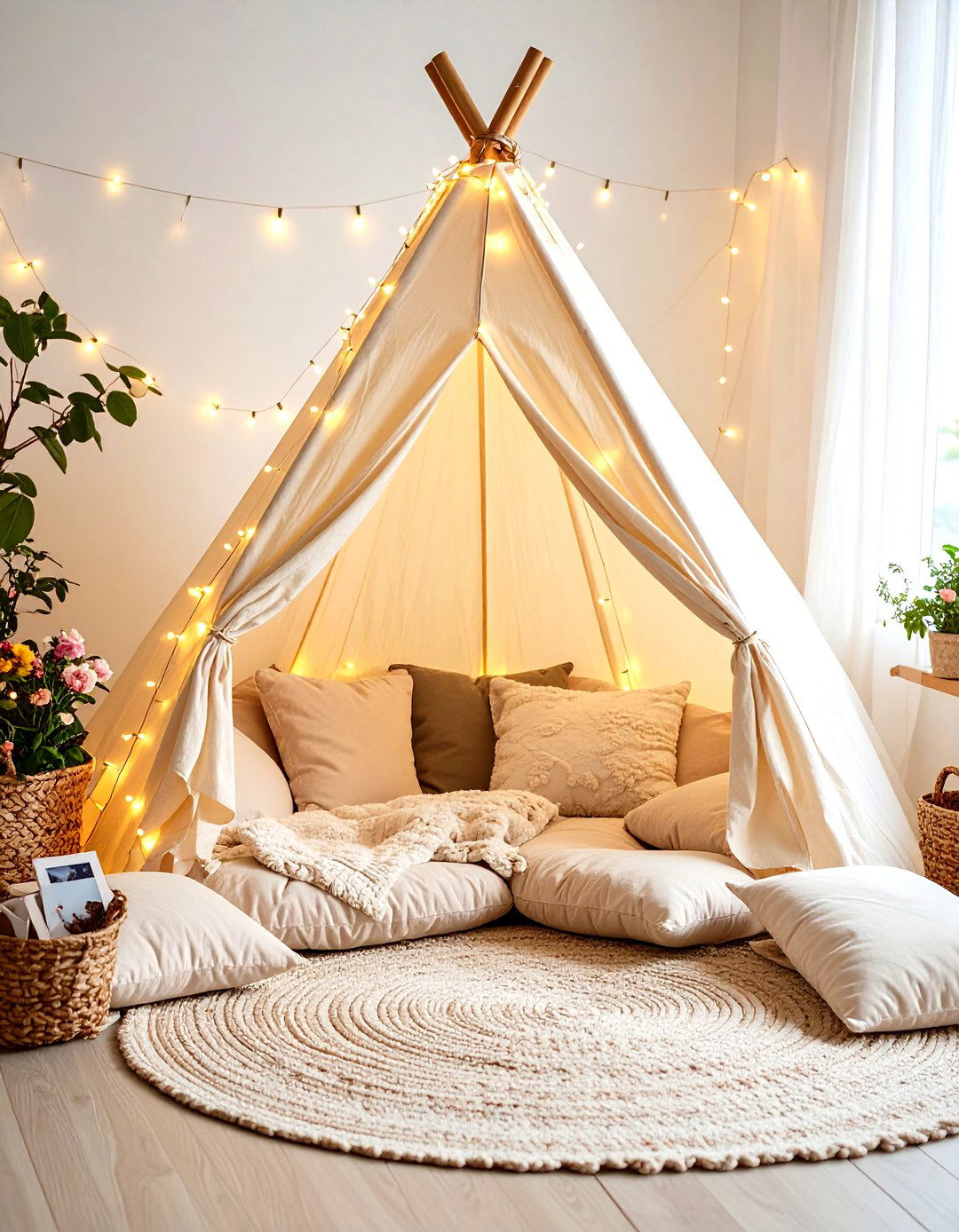
String a linen canopy or teepee in an unused corner, scatter floor cushions, and wrap soft fairy lights around the frame to craft a decompression zone. The semi-enclosed space offers retreat when sensory input feels high—a concept Montessori called a “polarization of attention,” where focus deepens when distractions can be briefly escaped. A small feelings basket with picture cards helps toddlers name emotions before re-joining activity.
15. Montessori Nursery Mobile & Contrast-Card Visual Area
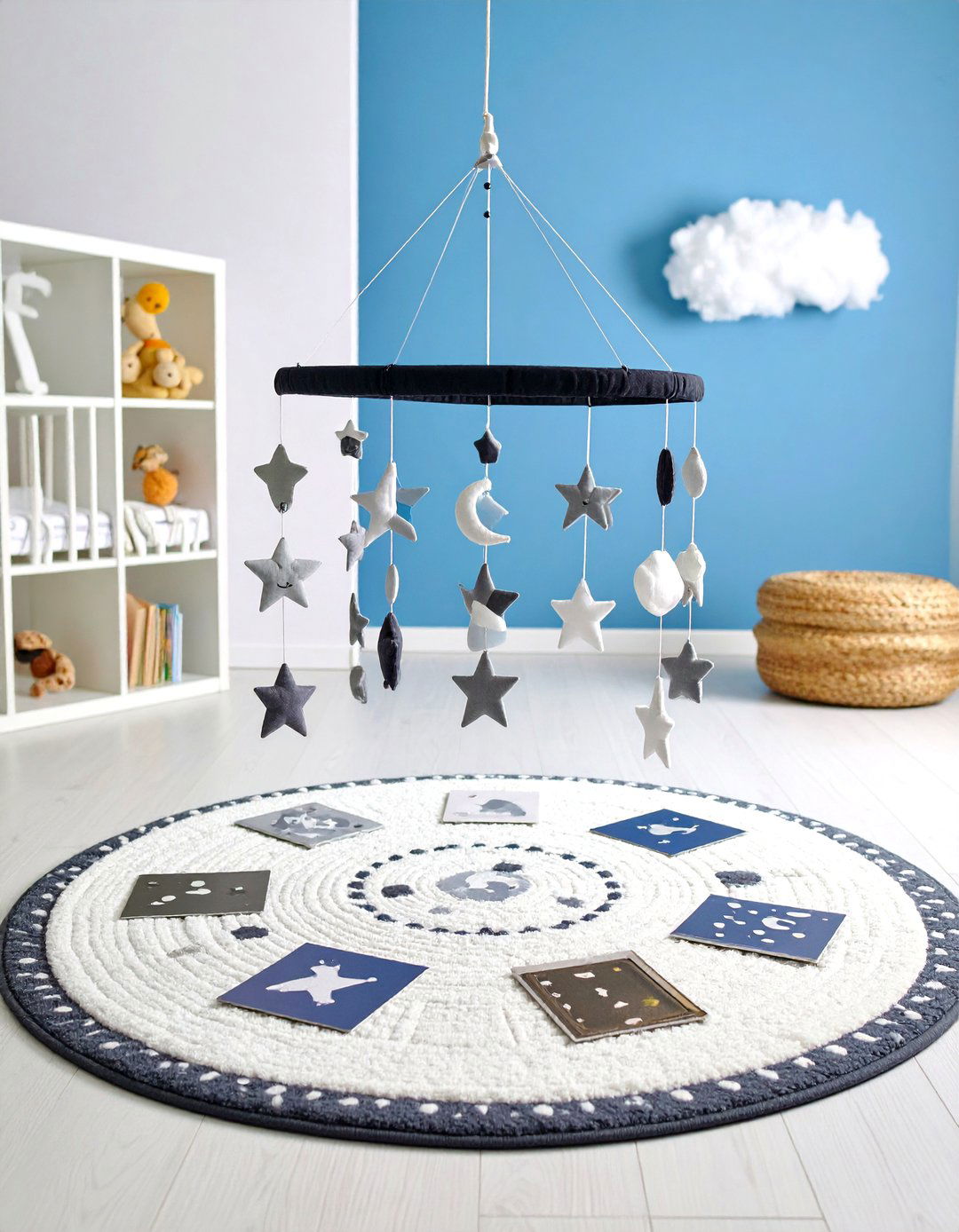
Suspend a black-and-white Munari mobile above a firm floor mat and prop high-contrast cards within 25 cm of baby’s gaze. The simple geometry strengthens visual tracking and depth perception during the first six weeks. Rotate to coloured Octahedron and Gobbi mobiles as perception matures, following the classic Montessori mobile sequence.
Place a sturdy, low plant stand with one hardy spider plant, a child-sized metal watering can, and a small sponge for spills. Demonstrate slow pouring, then invite daily inspection for dry soil or yellow leaves. Tending a living organism nurtures responsibility and respect for the environment—the very roots of ecological stewardship.
17. Montessori Nursery Movement Ramp & Pikler Triangle
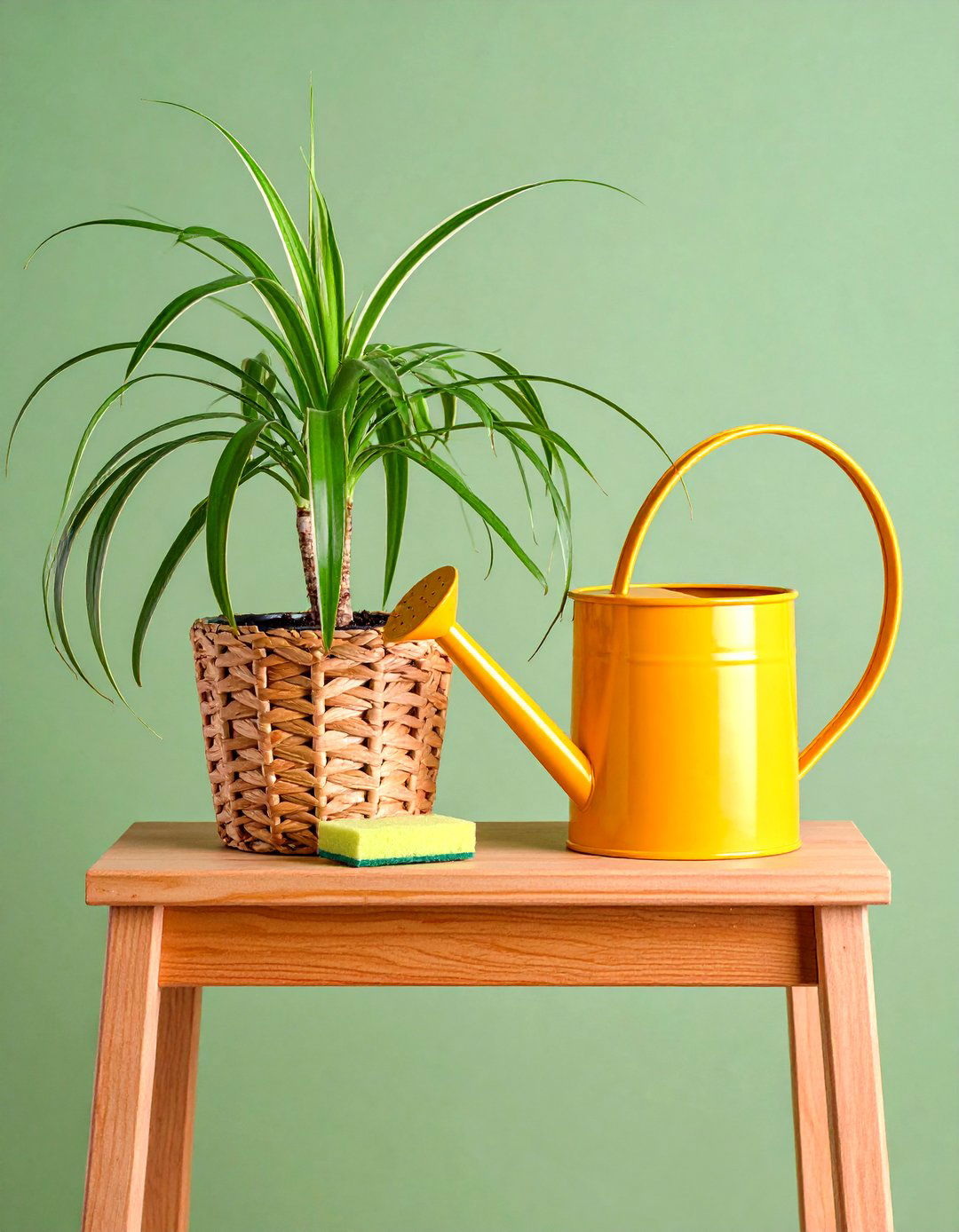
A collapsible climbing frame with attachable ramp supports safe risk-taking and proprioceptive feedback indoors. Little Wonder & Co. Position it on a padded mat, leaving clear run-off space. Add a bell-ball tunnel nearby for crawling babies and watch as gross-motor confidence blossoms into later writing readiness through strengthened shoulder girdles.
Affix removable labels naming common objects—door, ventana; shelf, estante—in two languages at child height. Daily exposure in context accelerates vocabulary without flash-cards. Pair labels with matching picture books on the reading shelf to reinforce codeswitching naturally throughout play.
19. Montessori Nursery Rotating Toy-System Cubby
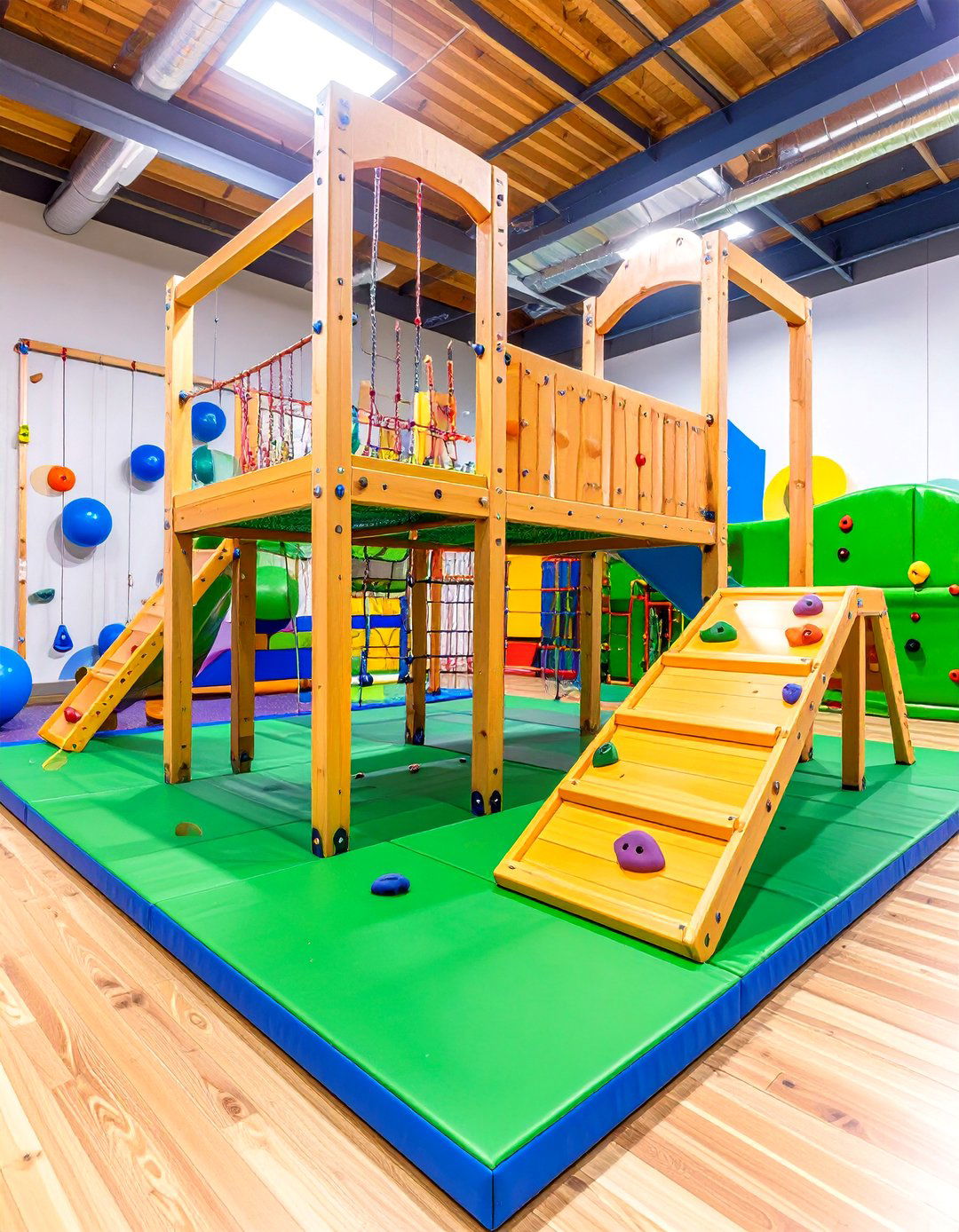
A sliding-door playshelf hides stored toys while five current materials sit displayed with generous spacing. Weekly observation guides swaps: if a puzzle is ignored or mastered, replace it with the next challenge. The uncluttered vista reduces decision fatigue and deepens engagement, a core Montessori outcome.
20. Montessori Nursery Safe Floor-Play Mat Zone
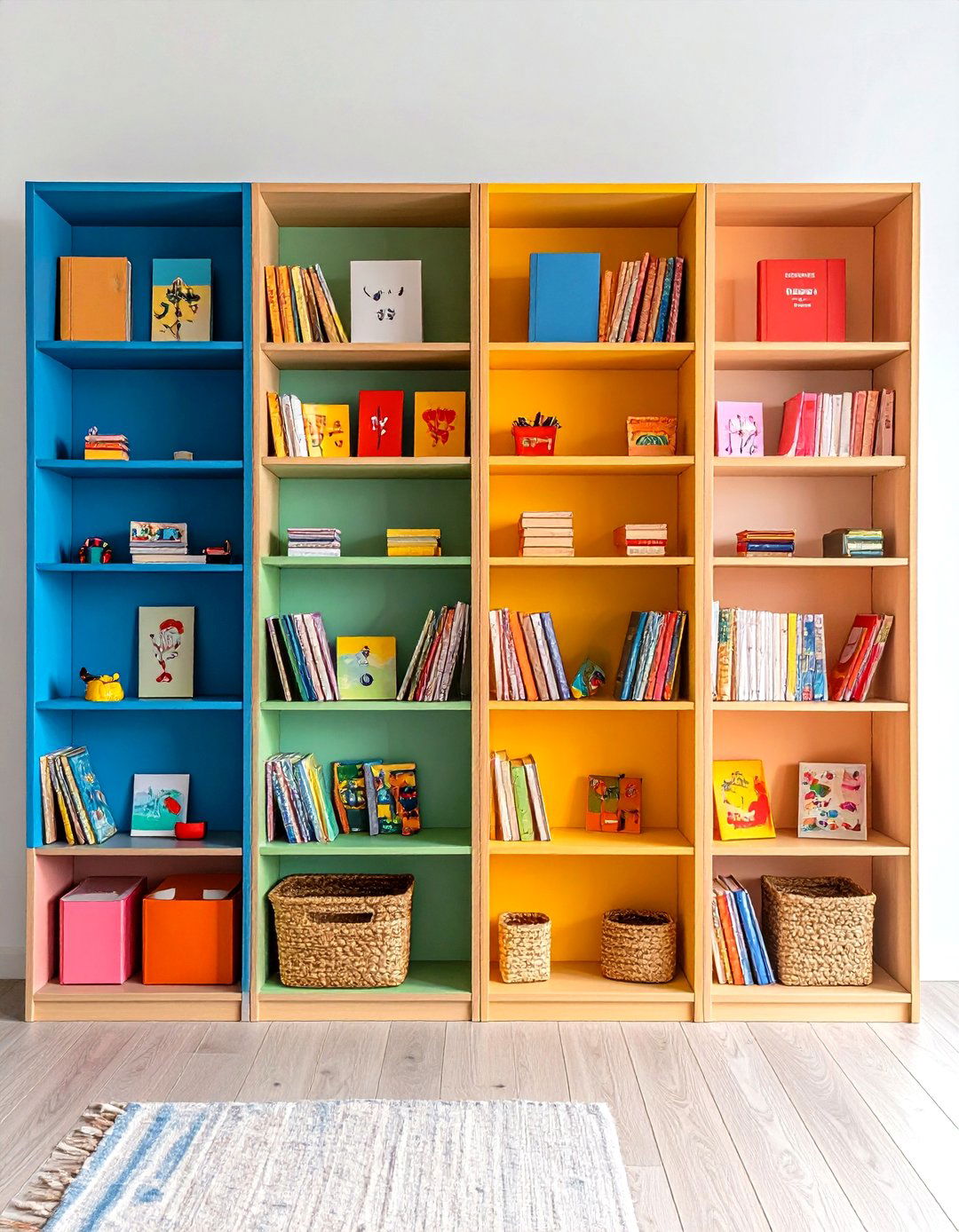
Choose an OEKO-TEX certified foam or quilted cotton mat large enough for tummy time, rolling, and later yoga stretches. Neutral prints blend with the room’s palette while offering cushioned fall protection around low shelves and climbing equipment. Vacuumable or wipe-clean surfaces simplify maintenance, keeping the prepared environment pristine and healthy.
Conclusion:

Designing a Montessori nursery means orchestrating full-circle experiences—sleep, movement, care of self, care of environment—within child-sized, orderly boundaries. Implement any or all of these twenty themed ideas and you’ll create a space that evolves with your child, nurturing independence, concentration, and joy from infancy onward.


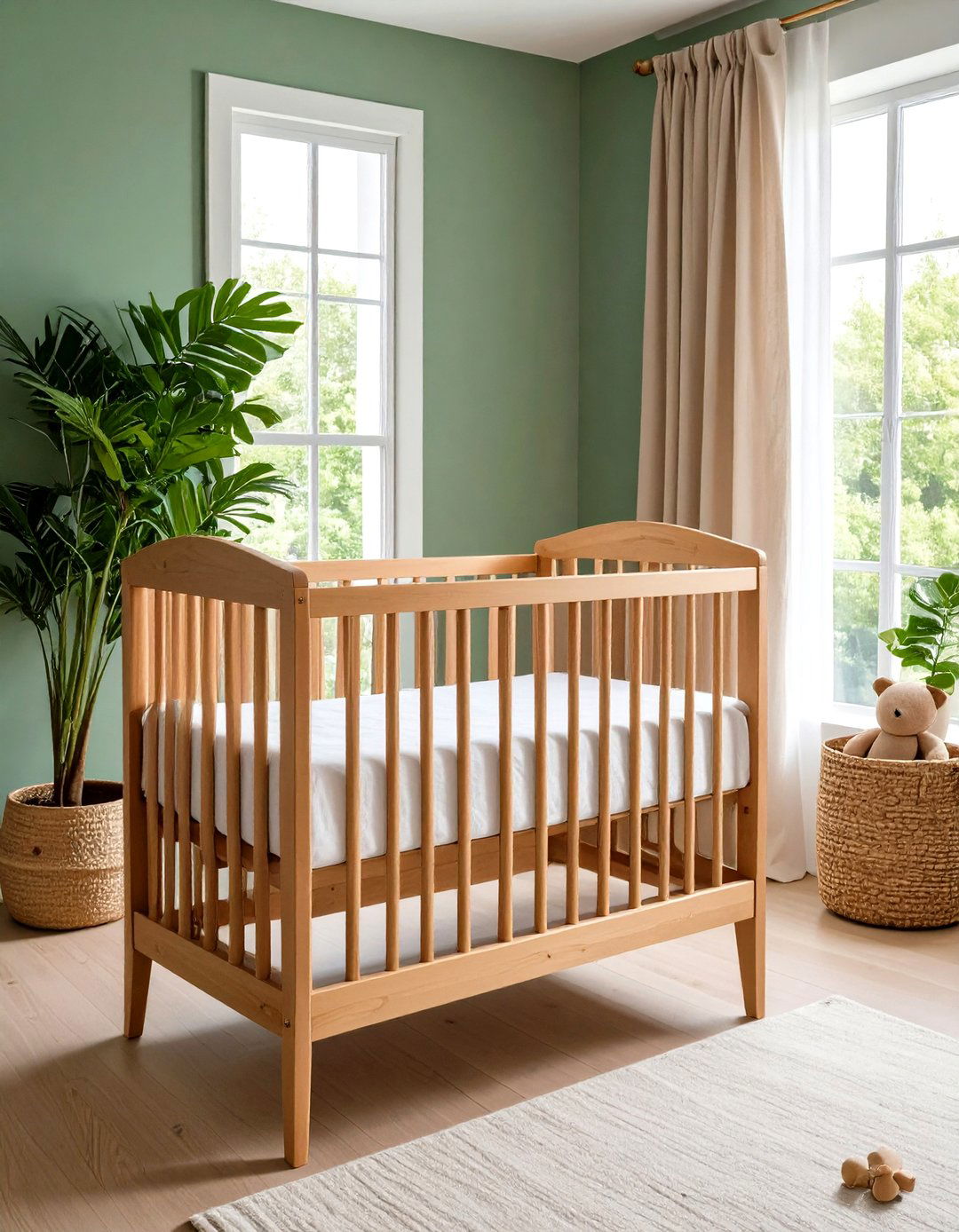


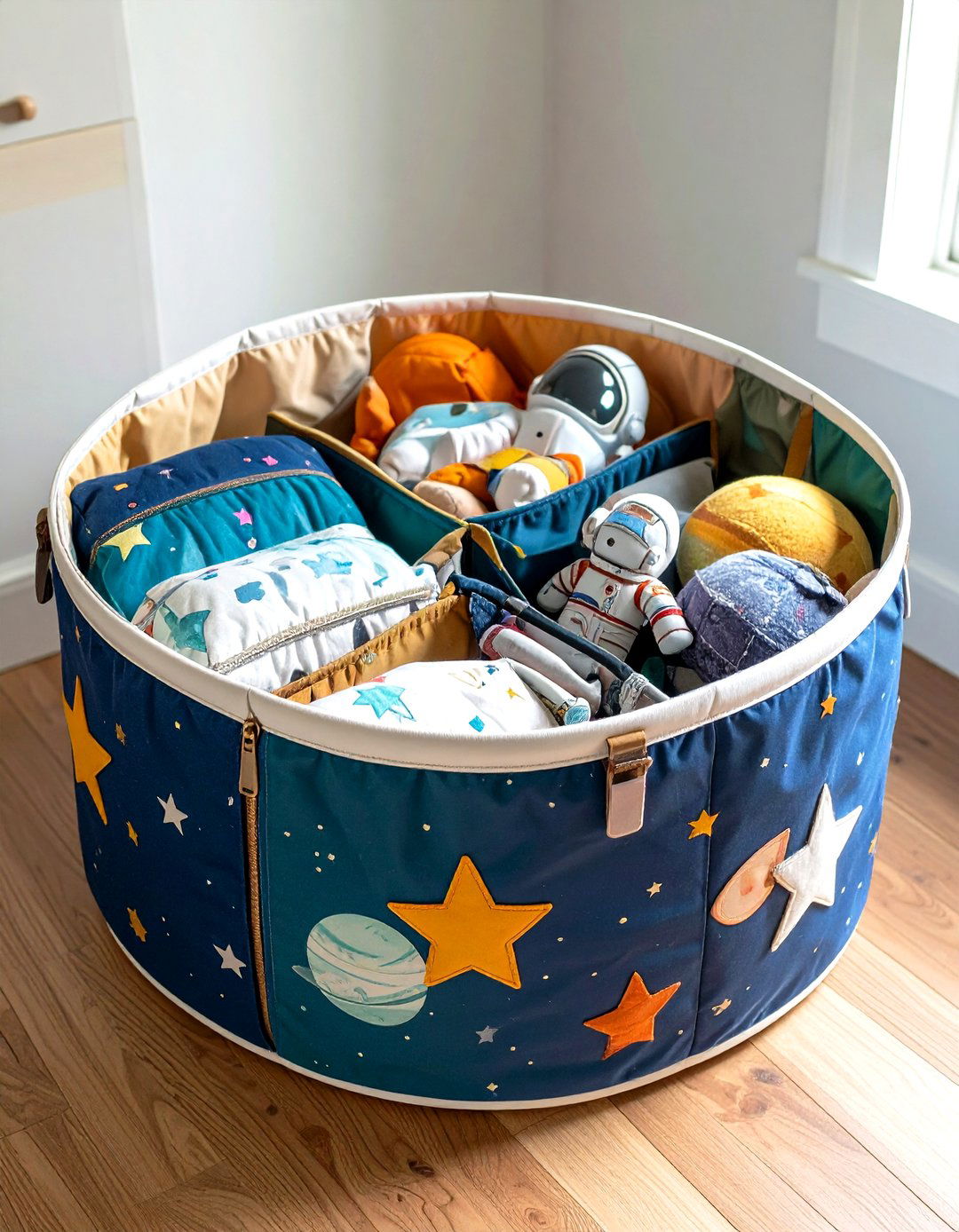
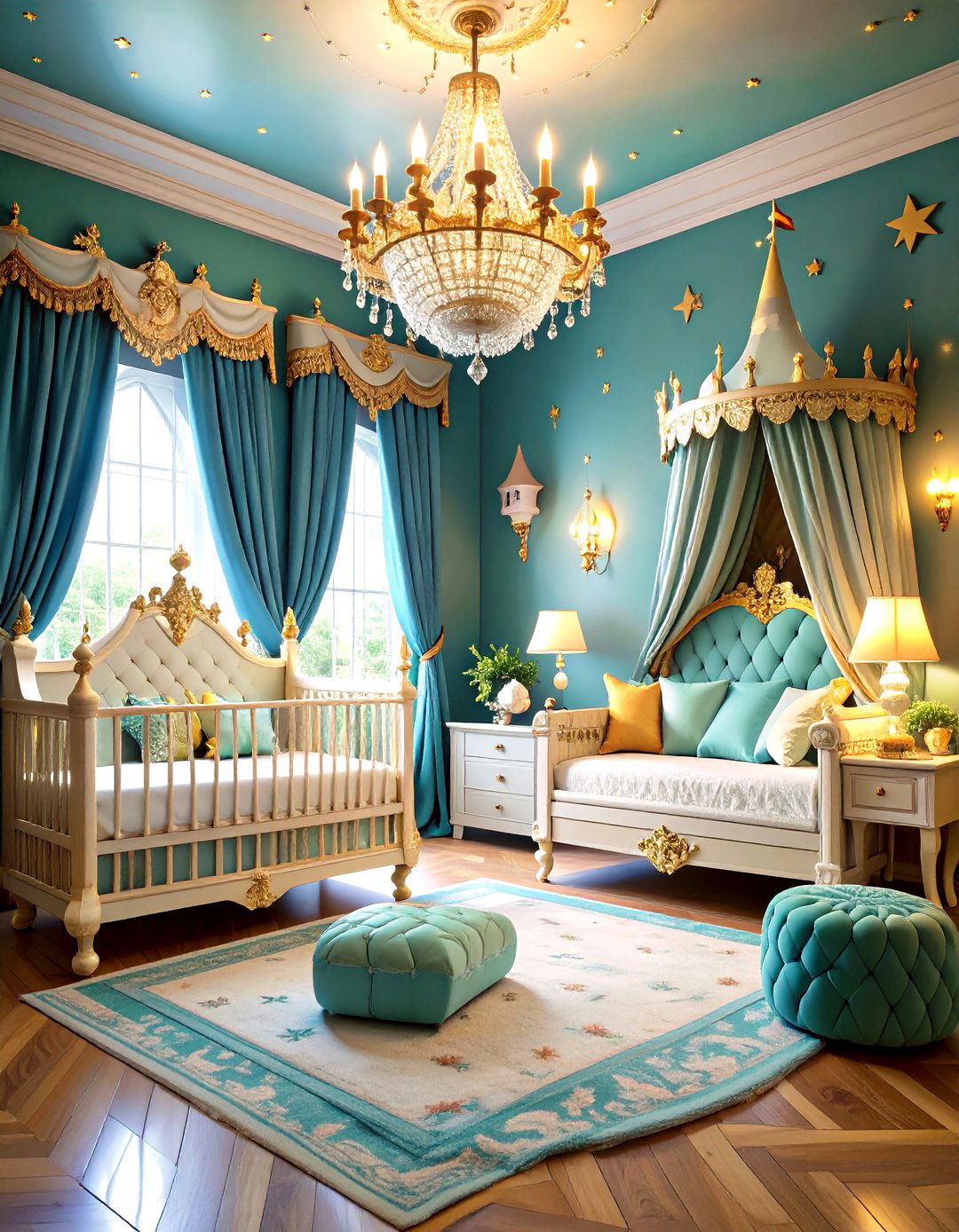
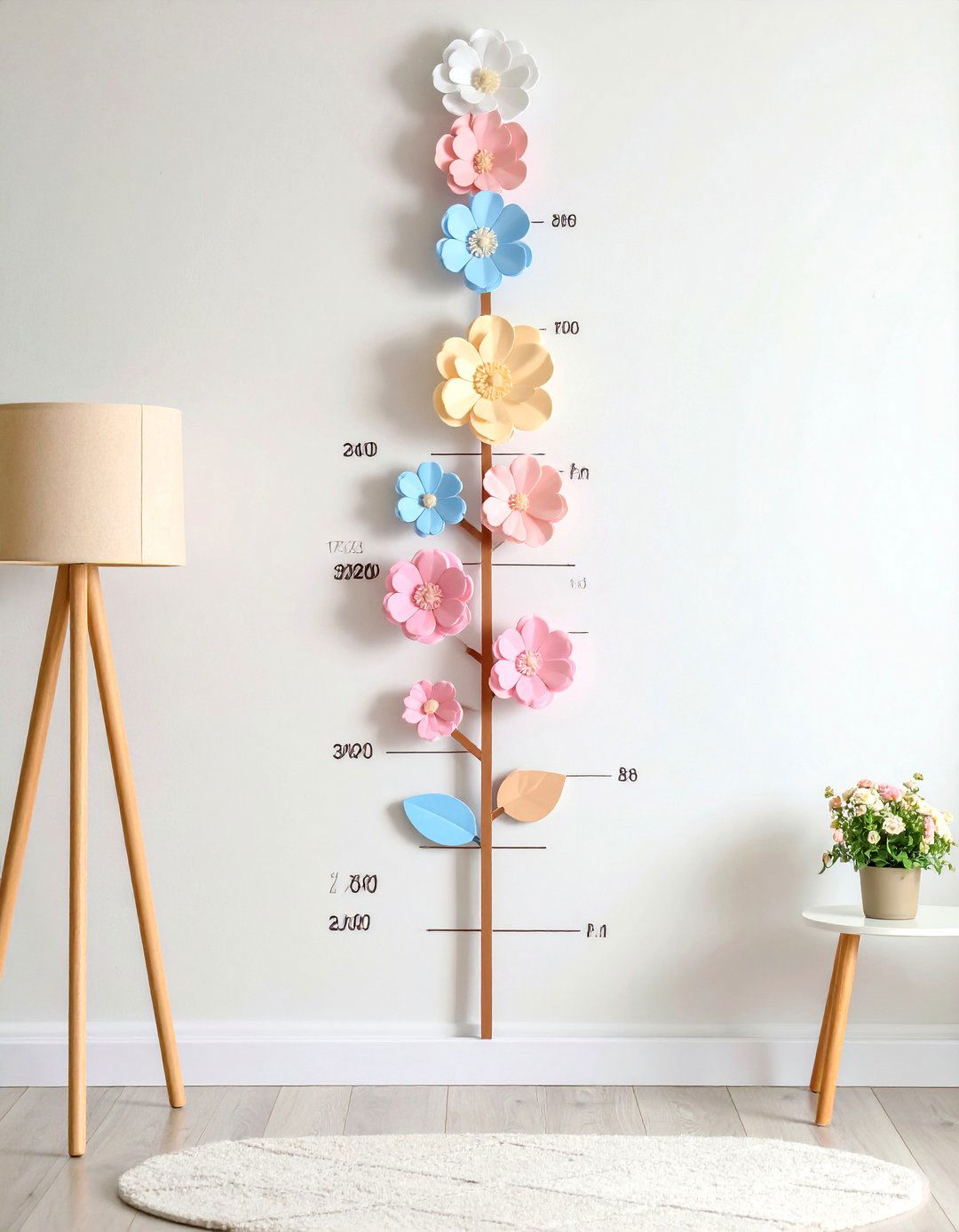
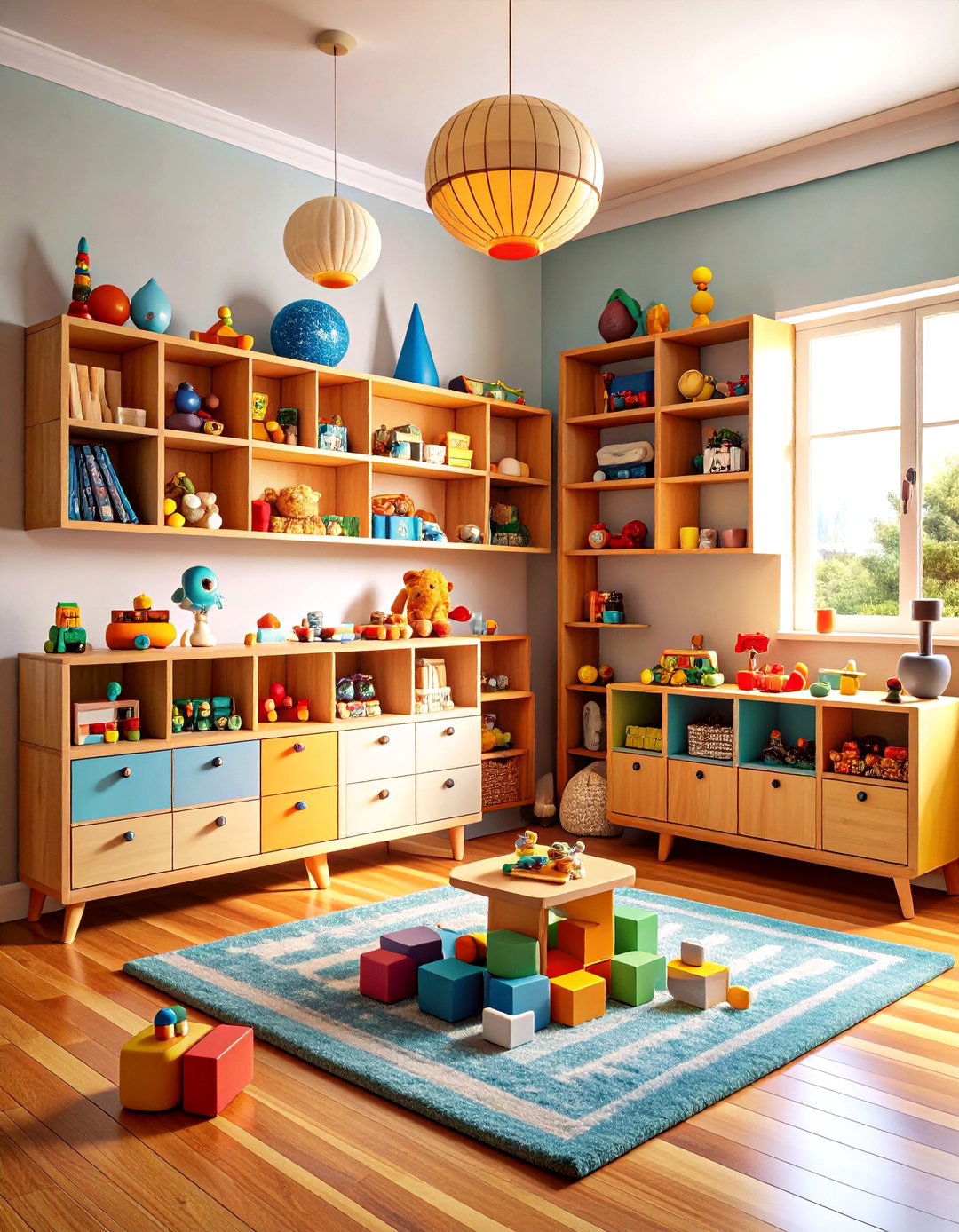
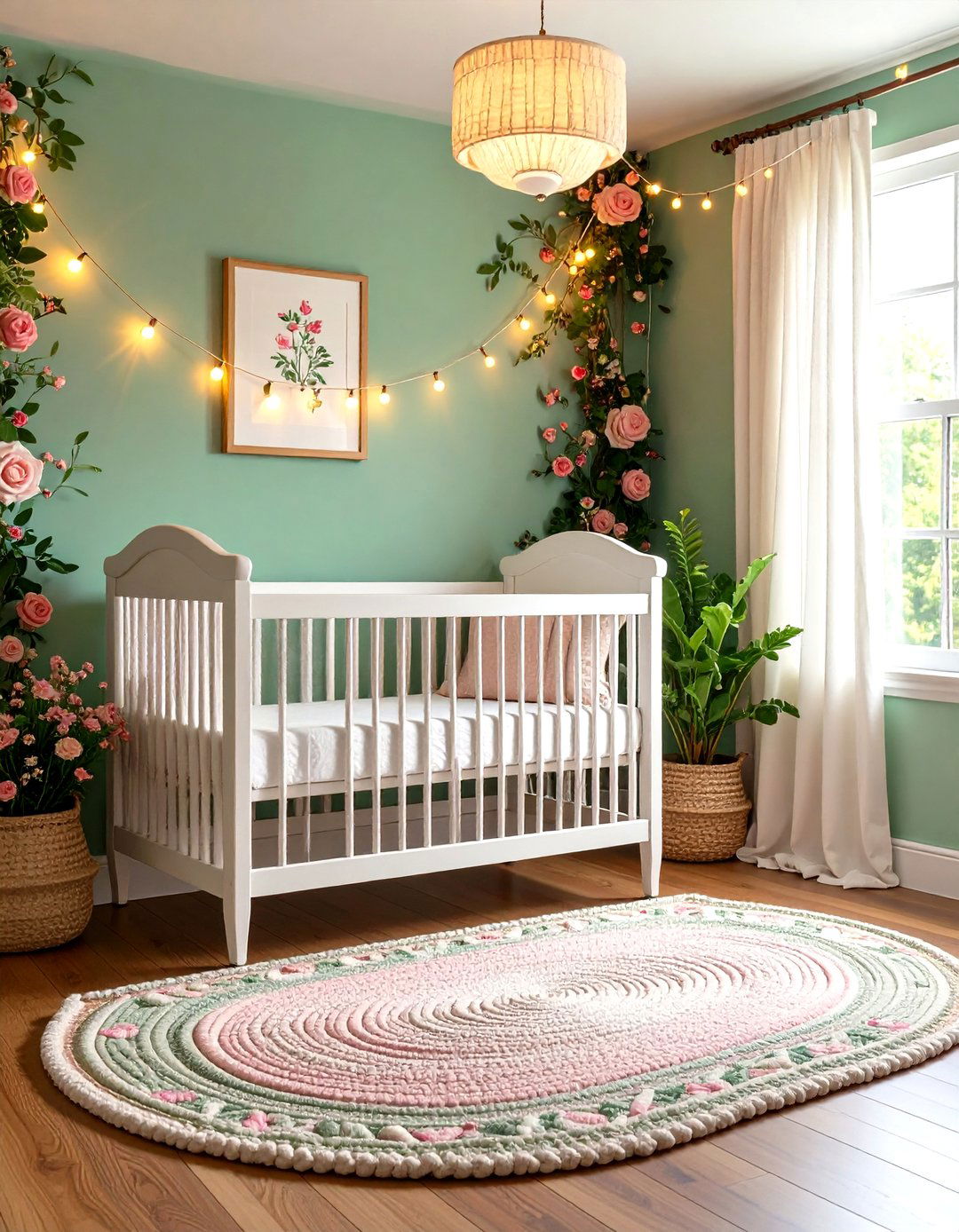
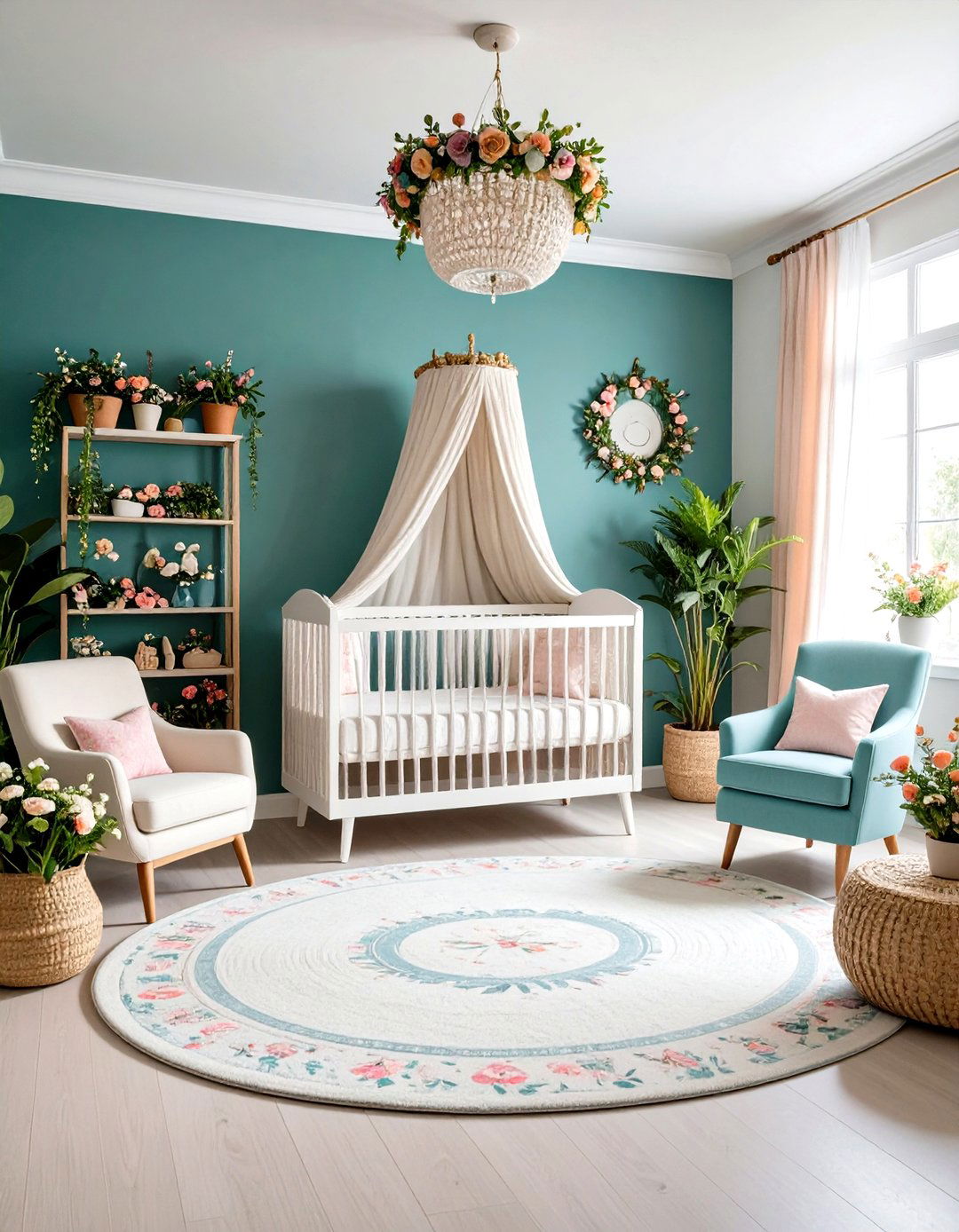
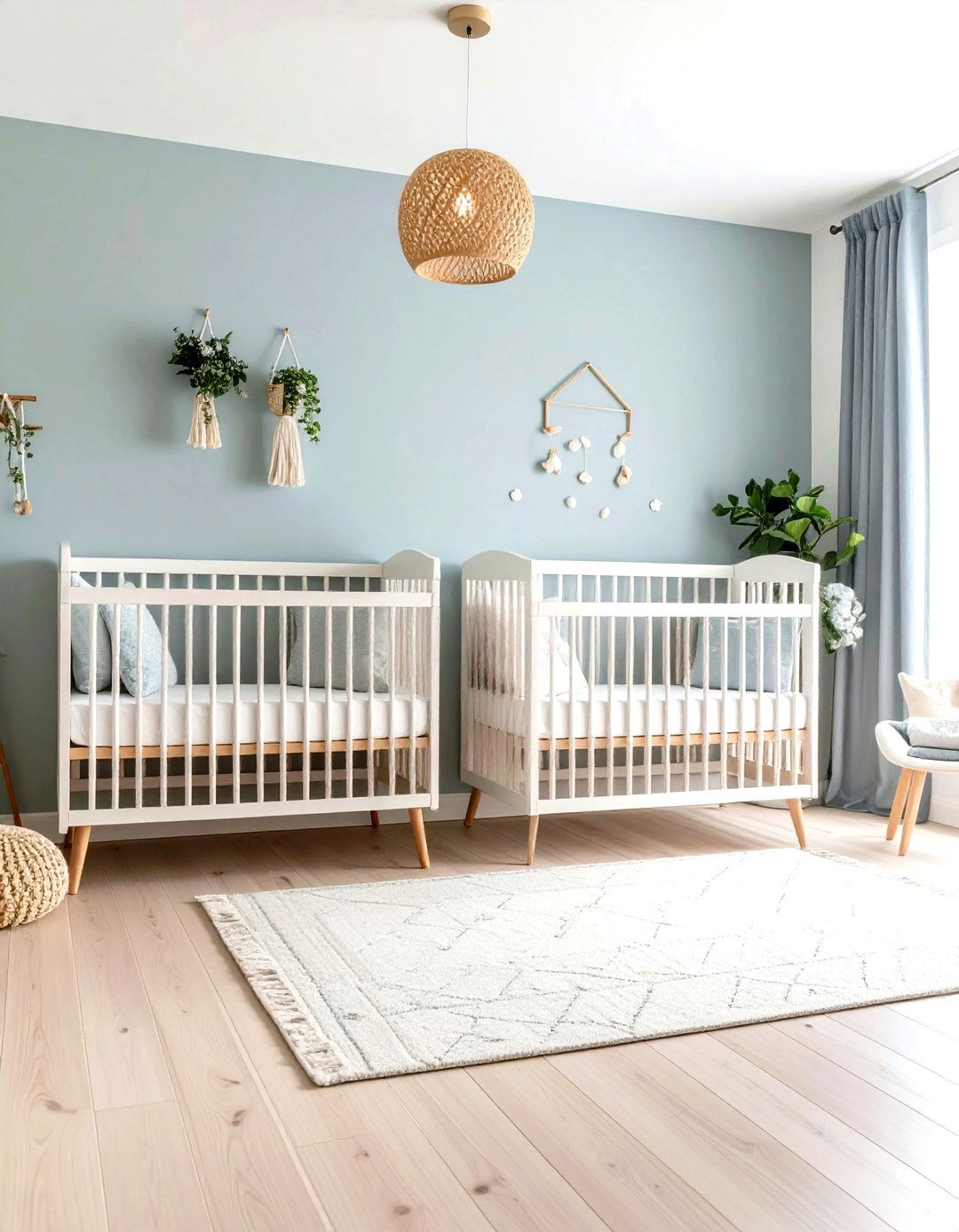
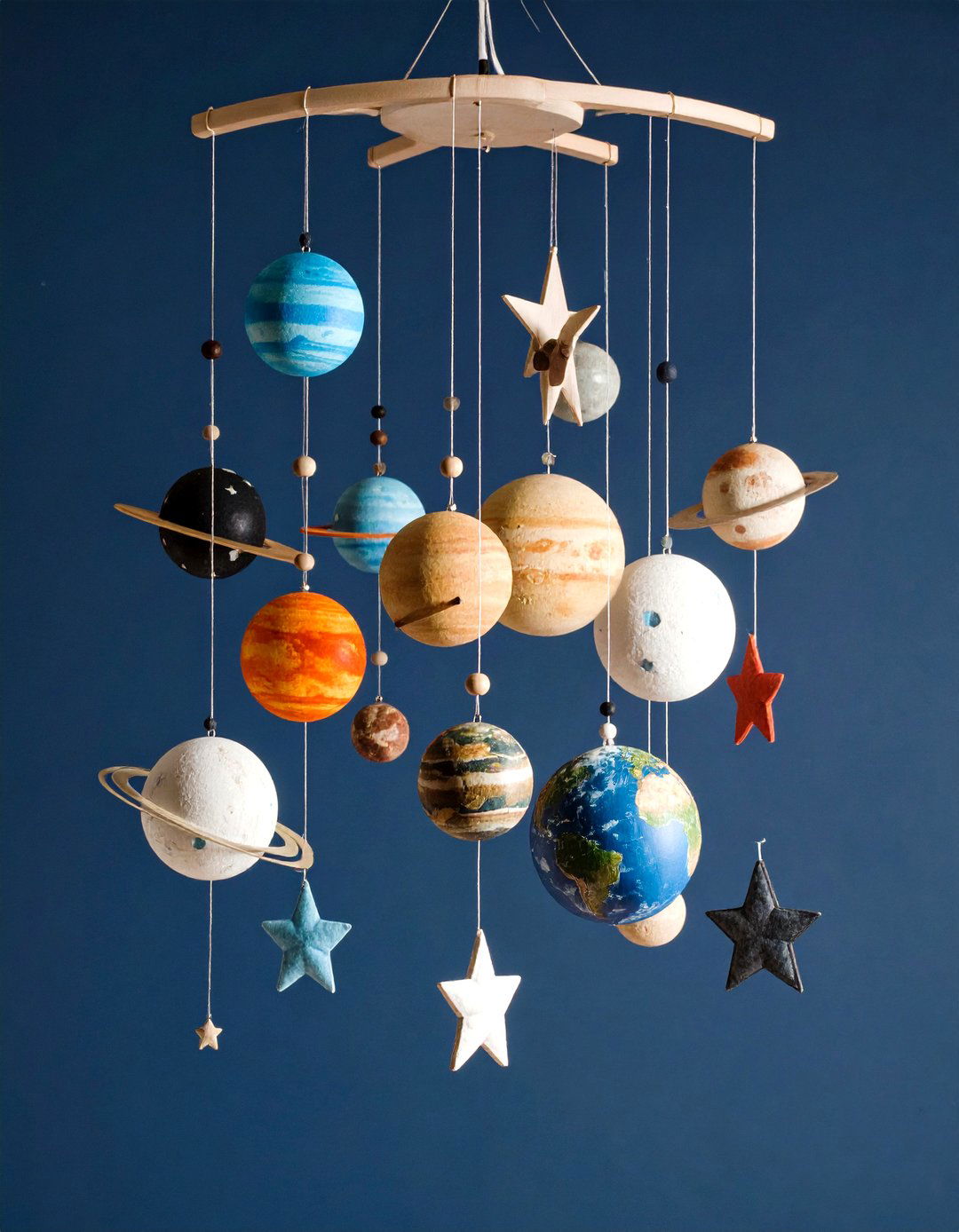
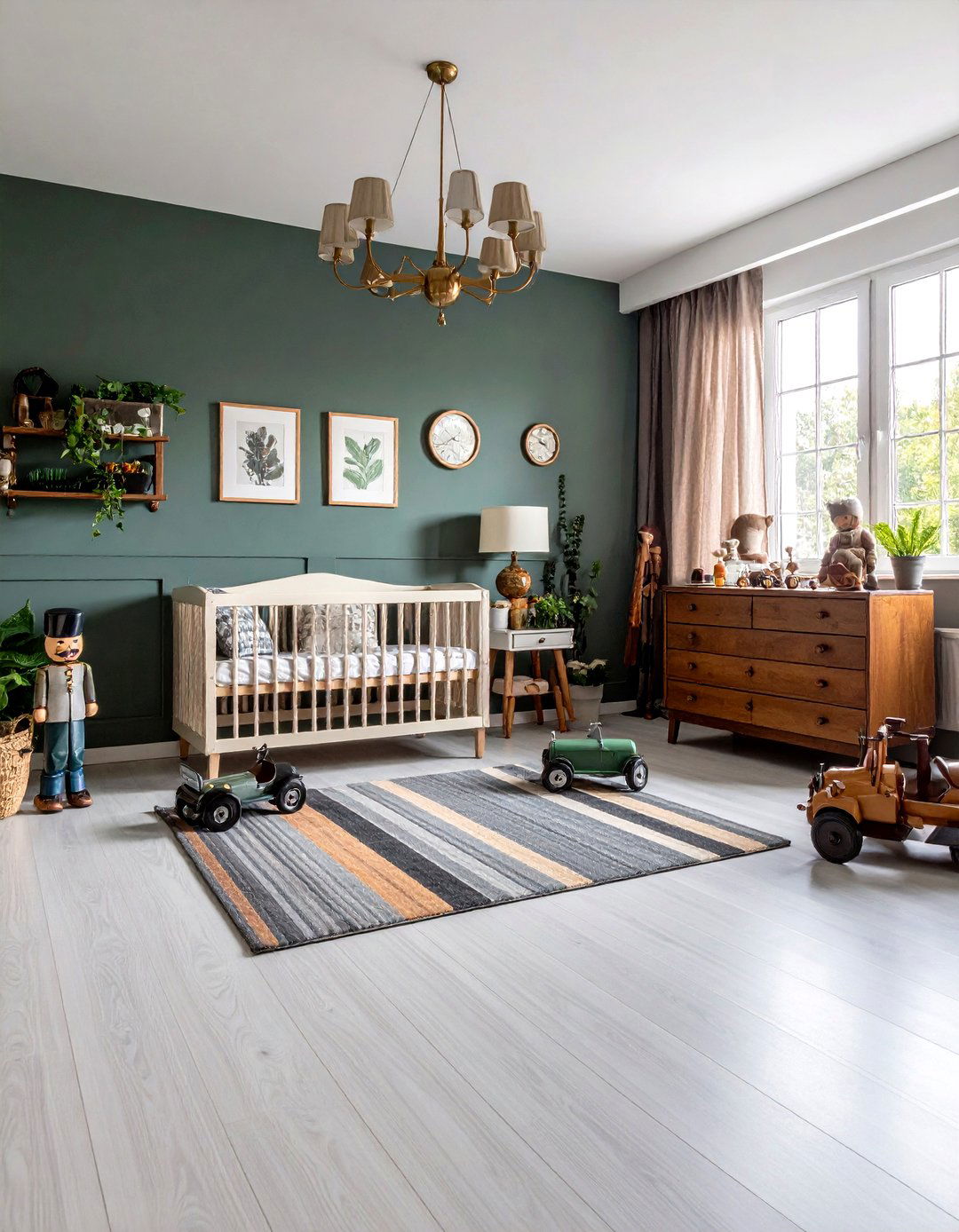
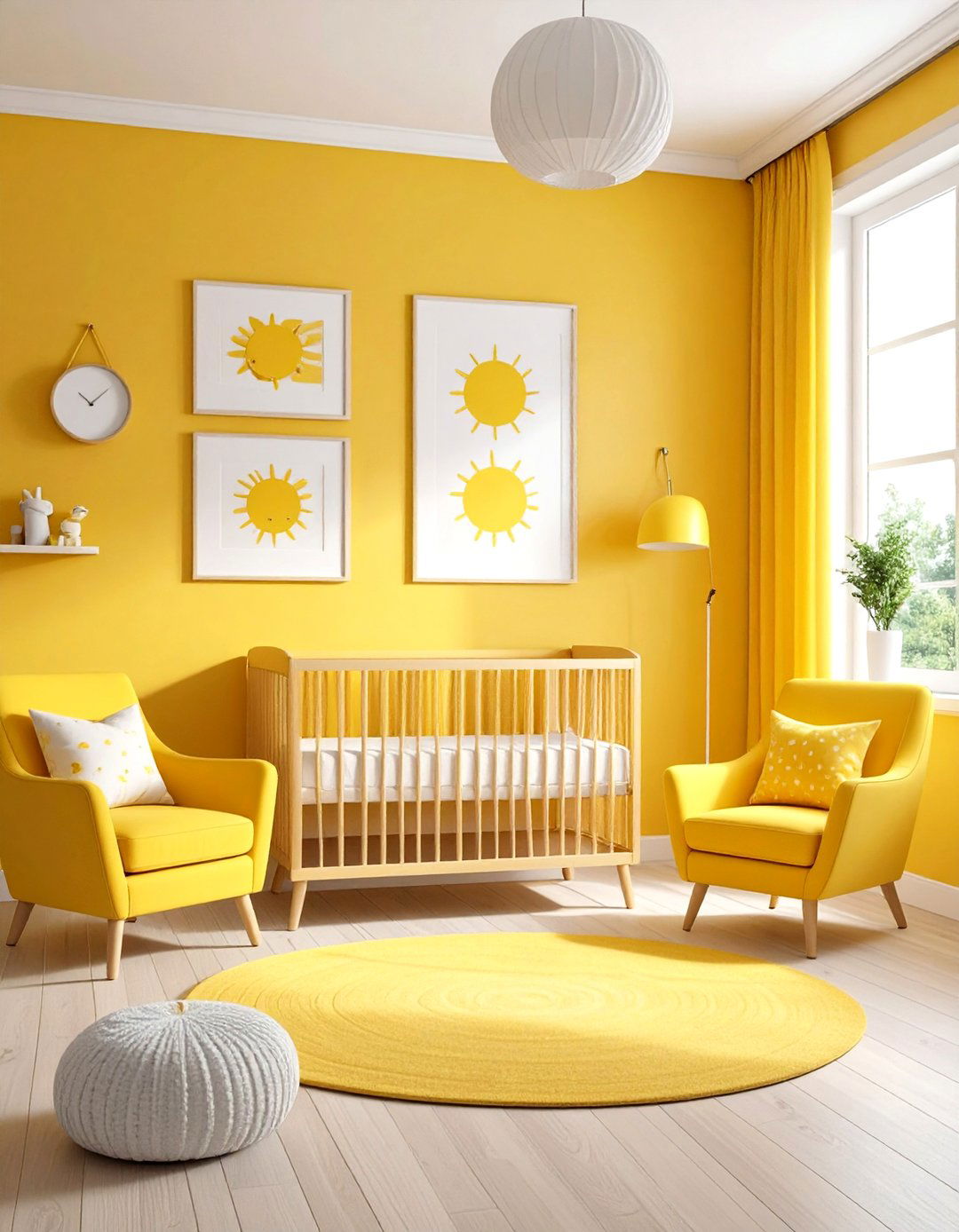
Leave a Reply